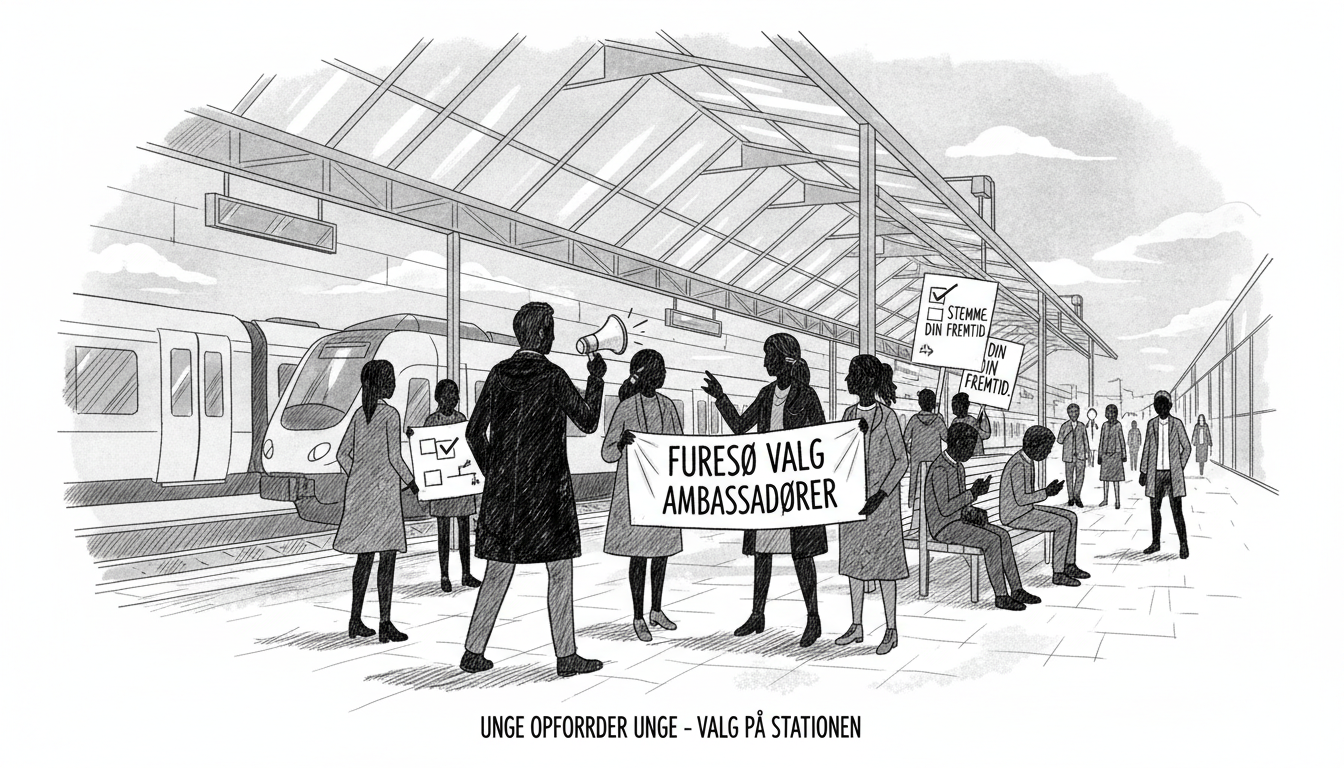A Danish municipality has deployed an innovative strategy to combat low youth voter turnout. Furesø Municipality appointed four young election ambassadors to engage their peers ahead of upcoming local elections. The initiative represents a direct approach to addressing democratic participation gaps among younger citizens.
Twenty-year-old Simon Wesselhoff exemplifies this grassroots effort. He stands outside Farum S-train station on a Tuesday afternoon, calling out to passersby. "Remember to vote on November 18th!" he shouts to commuters. His team of fellow ambassadors positions themselves at strategic locations throughout the municipality.
Election researchers point to a straightforward explanation for why young people vote less frequently. Young adults often lack established voting habits and feel disconnected from traditional political processes. They face more mobility in their lives through education transitions and changing housing situations. These factors combine to create lower participation rates compared to older demographic groups.
The ambassador program represents a recognition that conventional campaigning often misses younger audiences. Instead of relying on printed materials or social media alone, the municipality invests in peer-to-peer contact. Research shows personal appeals from relatable figures can significantly impact voting behavior among younger demographics.
Denmark typically sees higher voter turnout than many nations, but age disparities persist. In recent local elections, turnout among voters under 25 trailed older groups by substantial margins. The gap becomes particularly pronounced in municipal elections where immediate community impact might seem less obvious to younger residents.
Furesø's approach reflects broader Nordic trends in democratic innovation. Sweden and Norway have experimented with similar youth engagement strategies, though Denmark's municipal-led ambassador program appears particularly hands-on. The initiative puts young people directly in public spaces where their peers congregate.
Local elections determine important community services that affect young residents directly. Schools, recreational facilities, public transportation, and youth programs all fall under municipal jurisdiction. The ambassador program aims to make these connections clearer to first-time and infrequent young voters.
The true test will come on election day when turnout numbers reveal whether peer ambassadors moved the needle. If successful, the model could spread to other Danish municipalities struggling with similar participation gaps. The approach offers a relatively low-cost intervention compared to broader media campaigns.
This initiative demonstrates how local governments can adapt to changing communication patterns. Younger generations respond differently to political messaging than their parents. Direct peer contact at transportation hubs represents one attempt to meet them where they are physically and psychologically.

